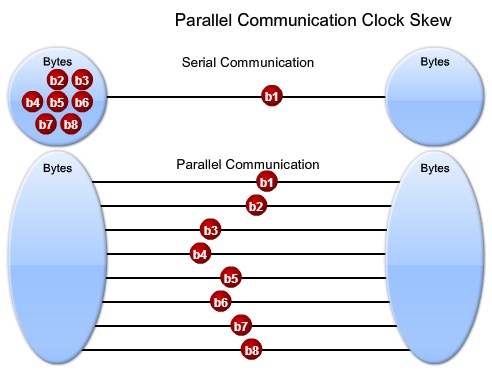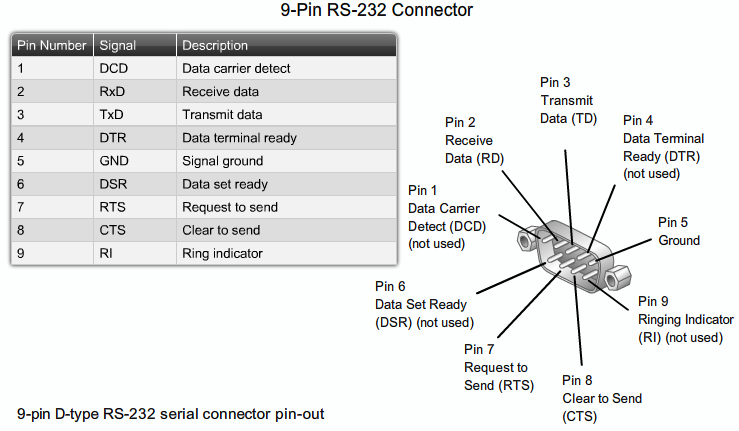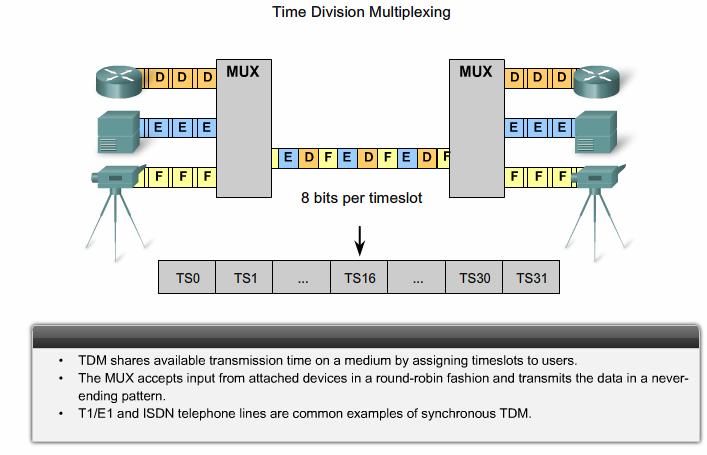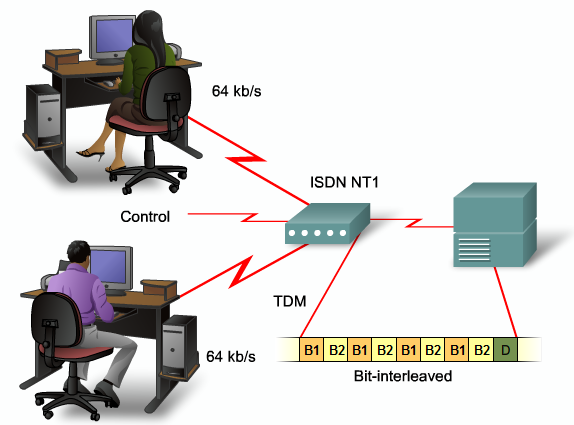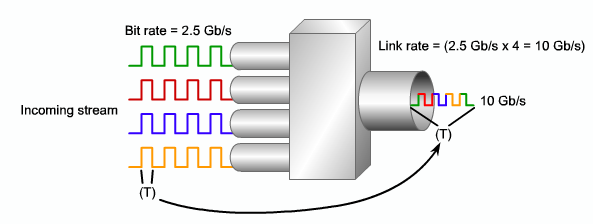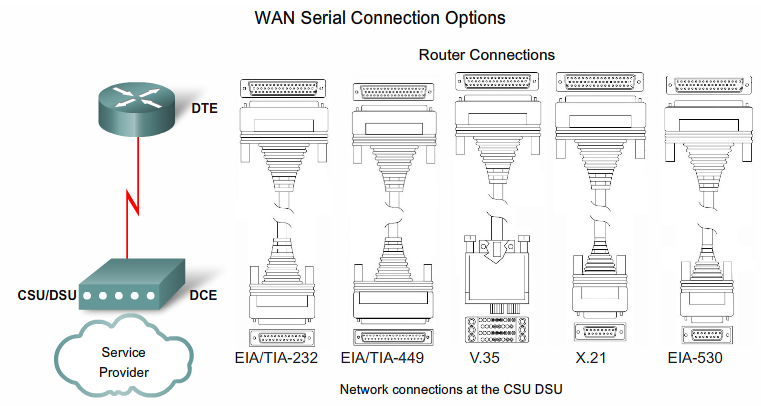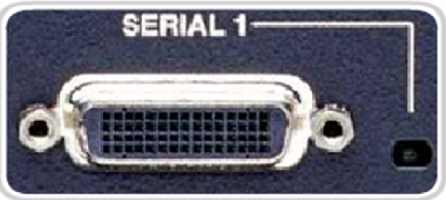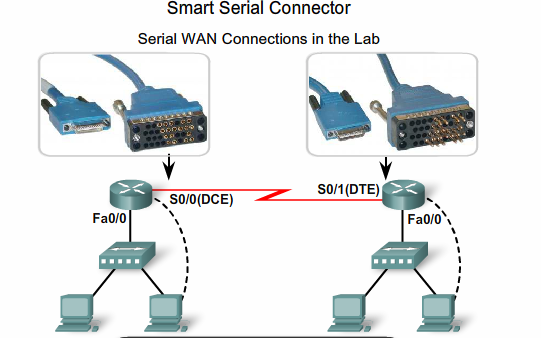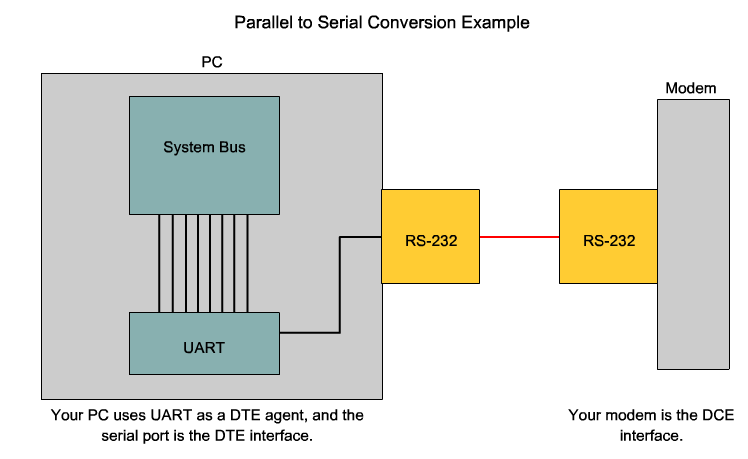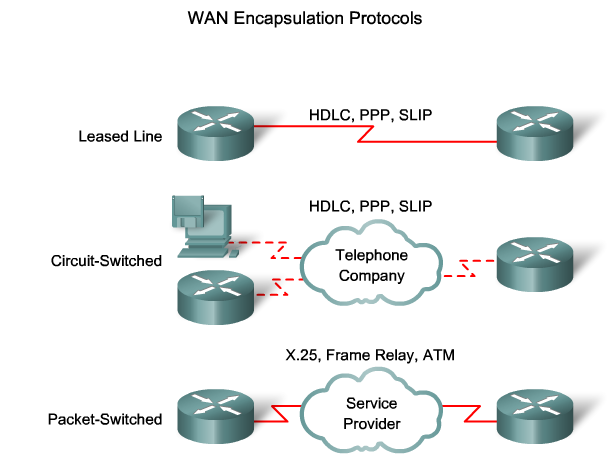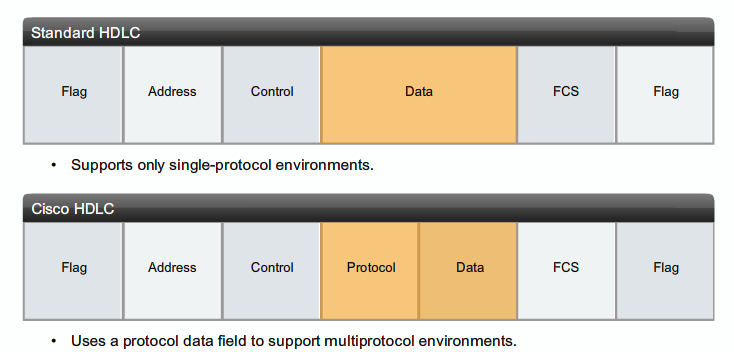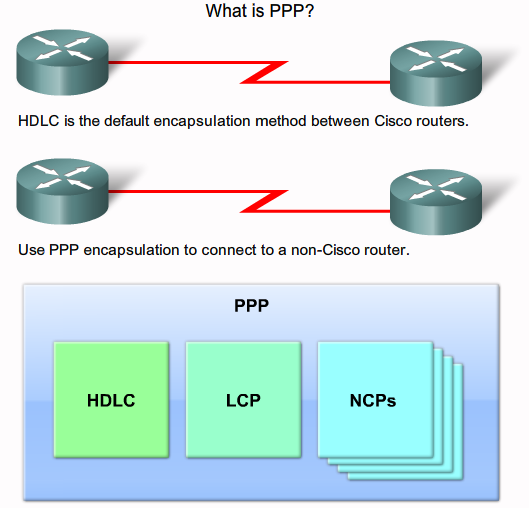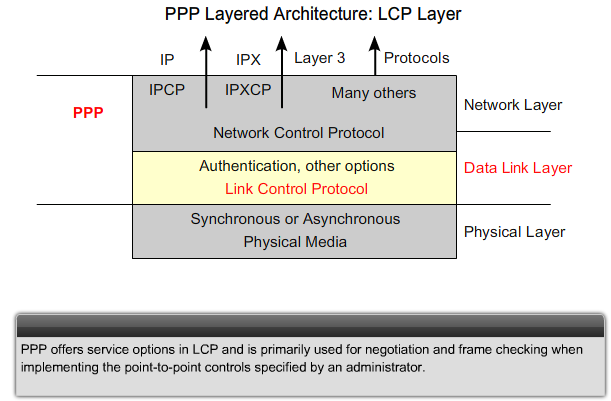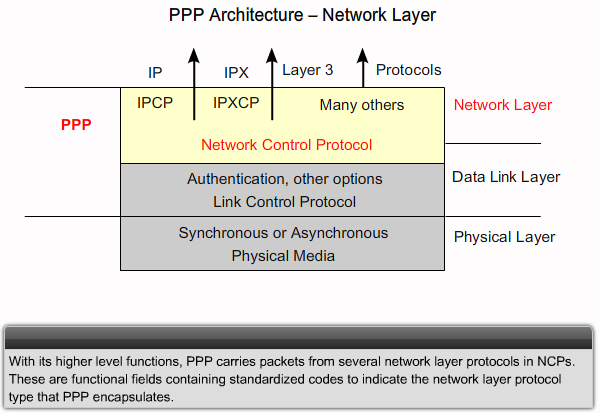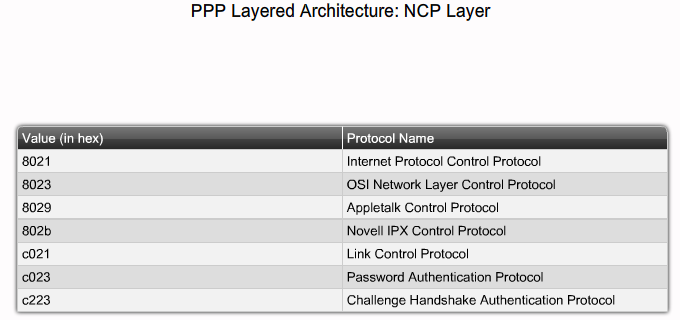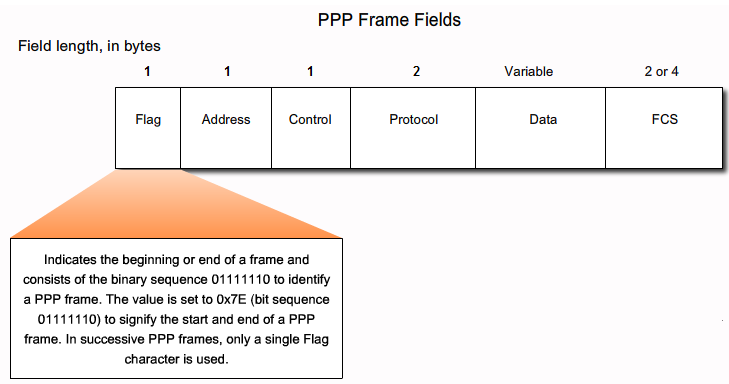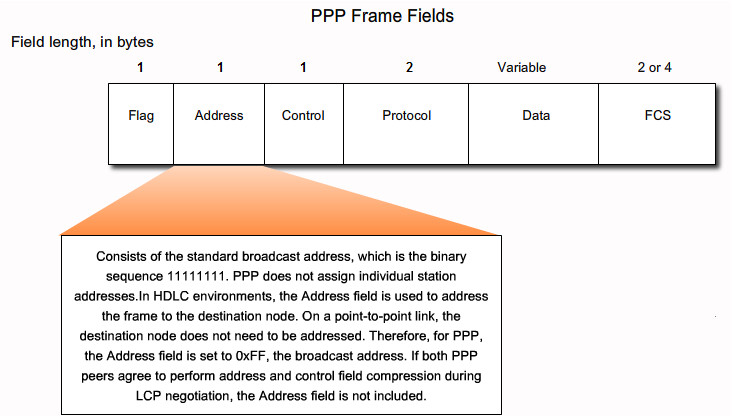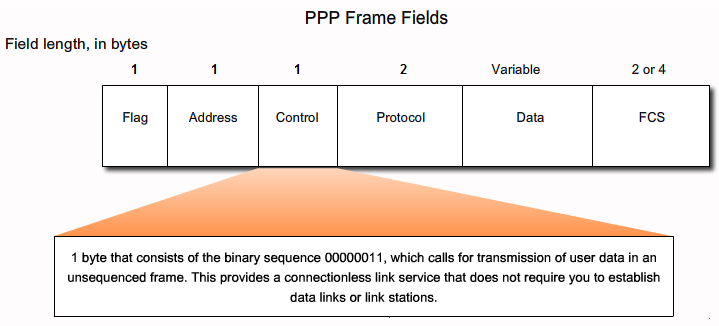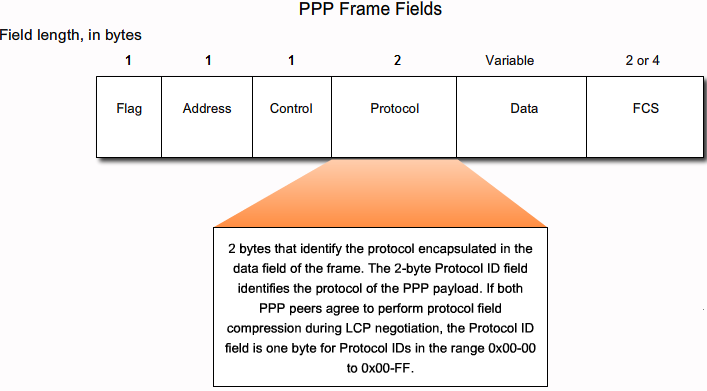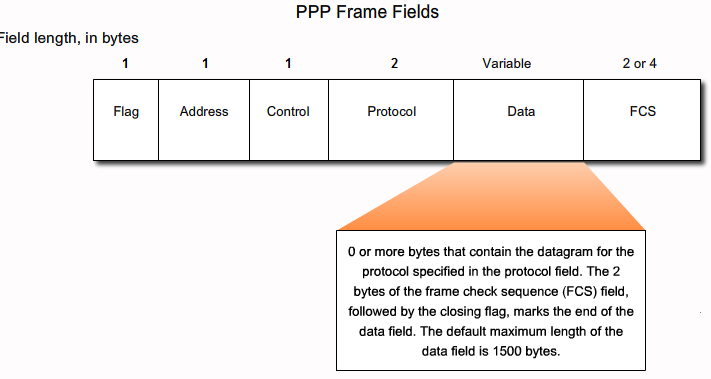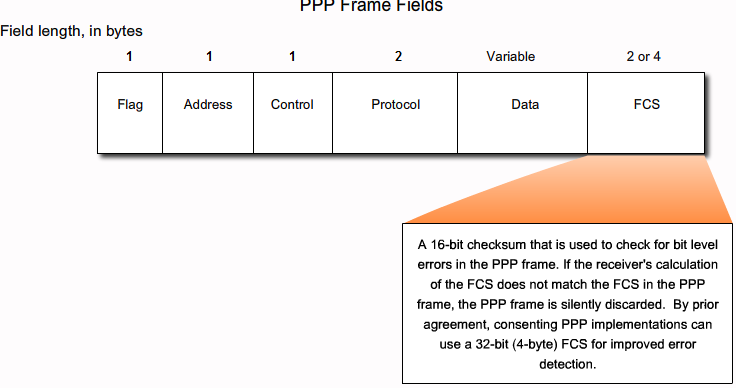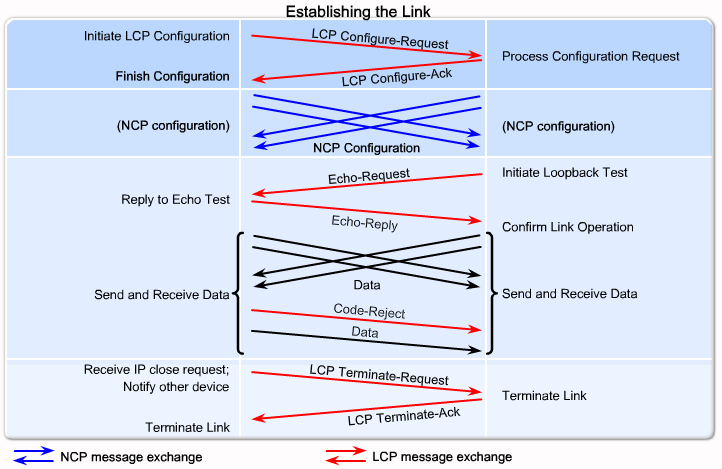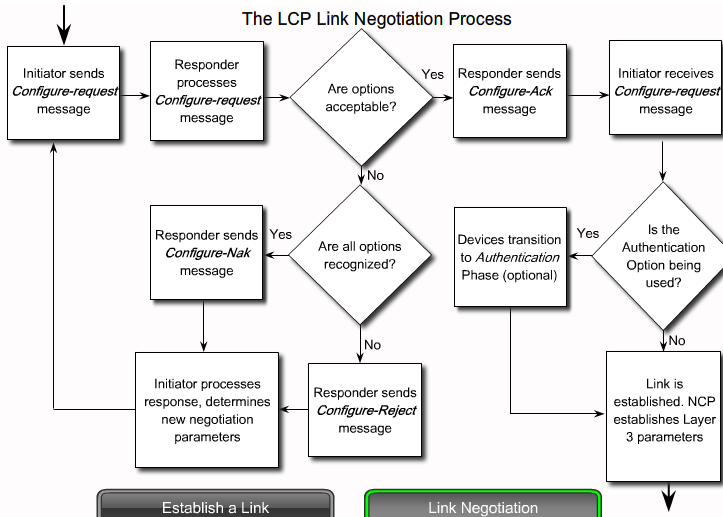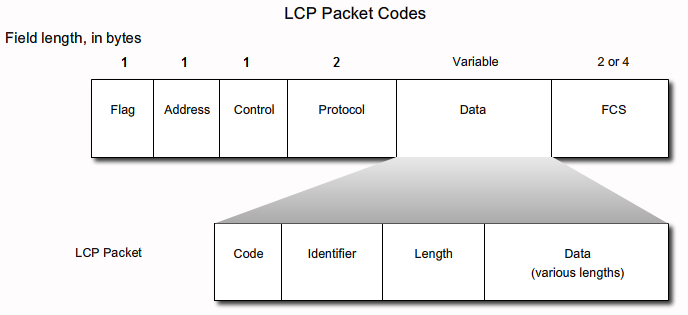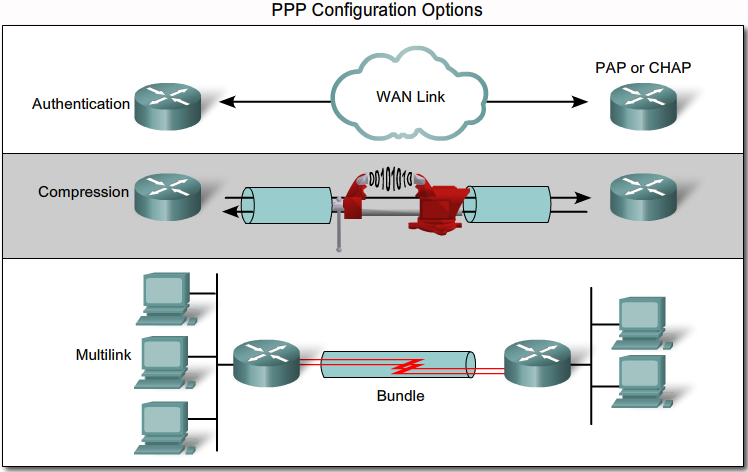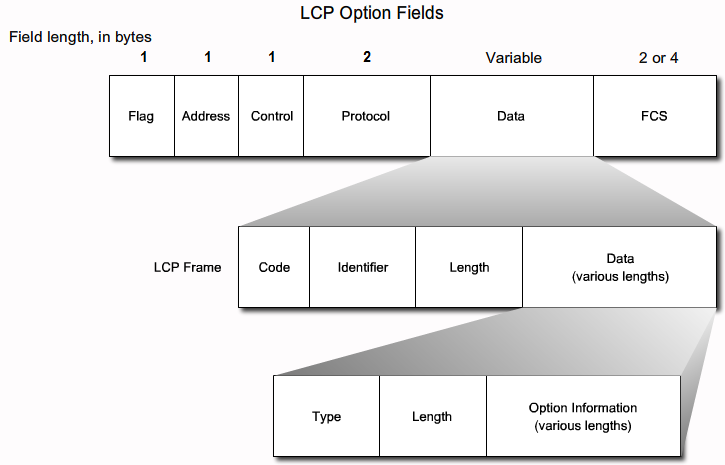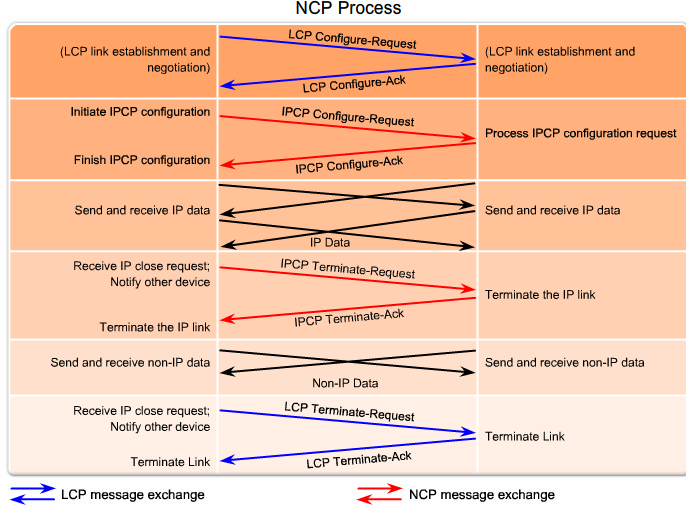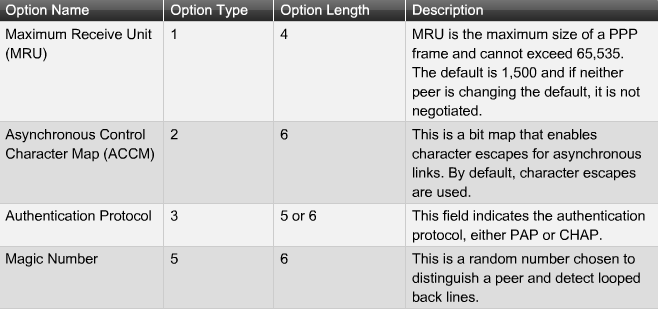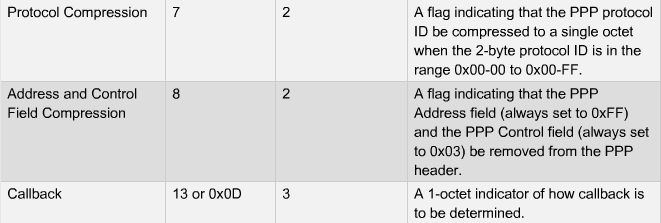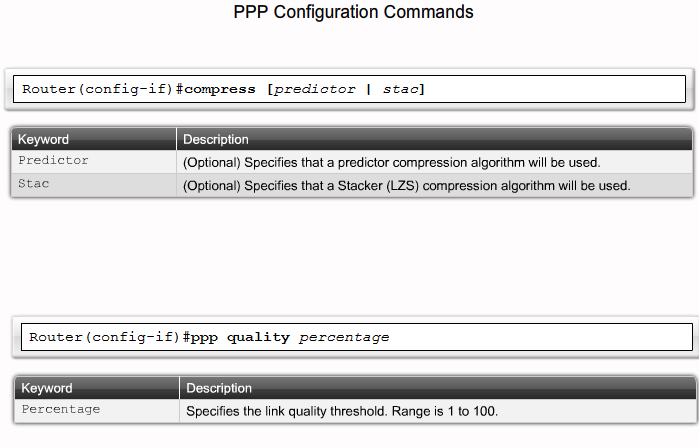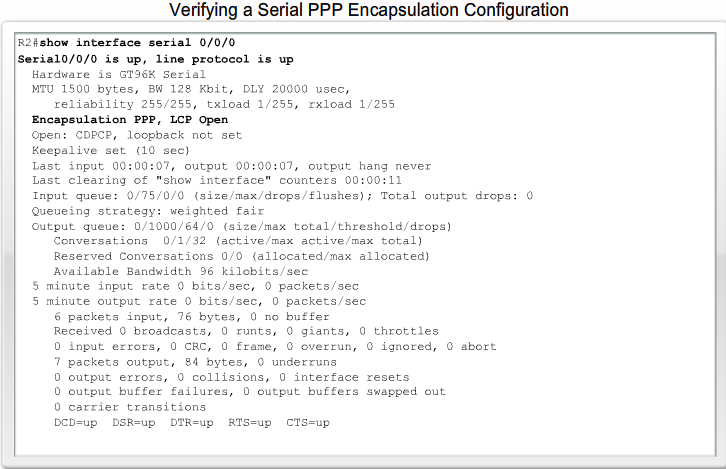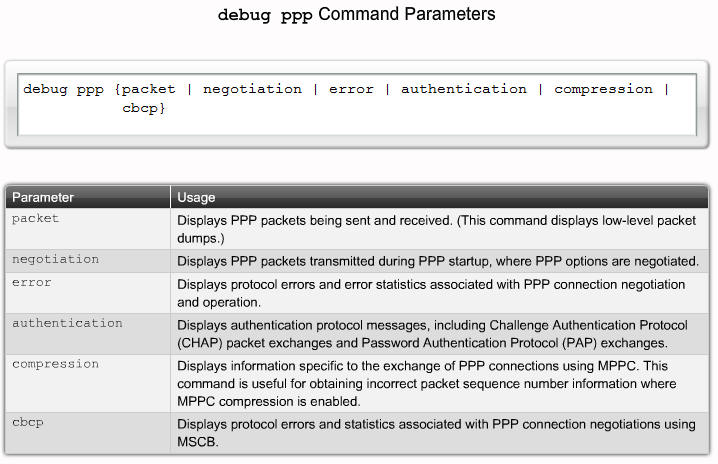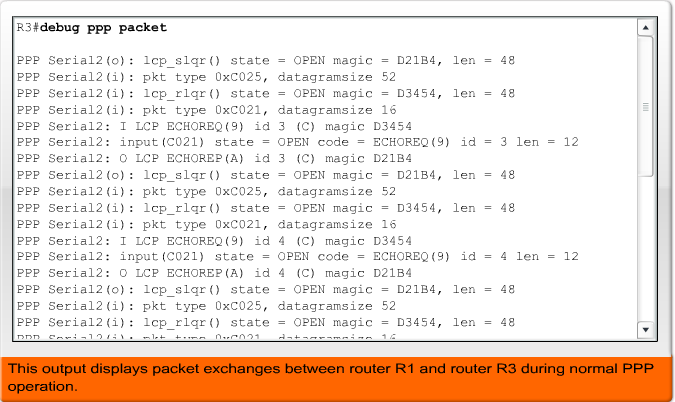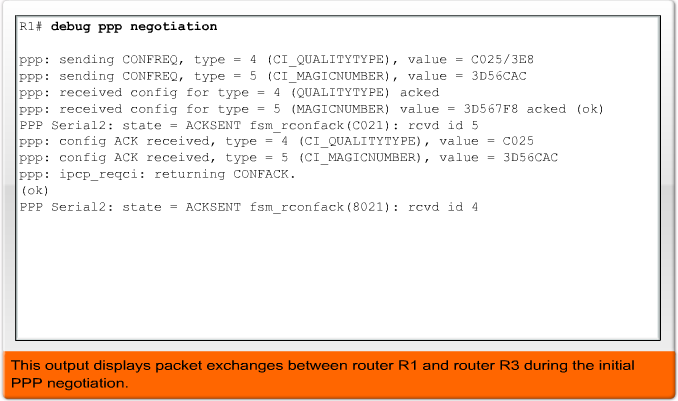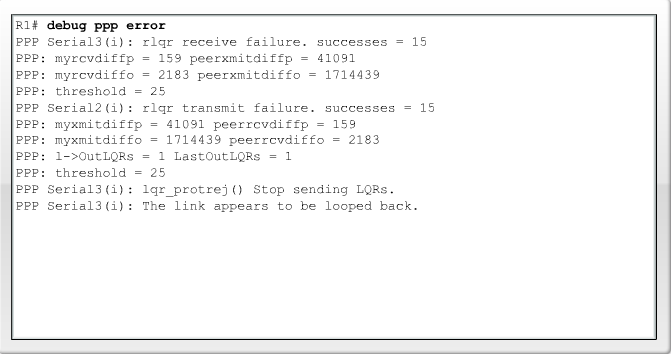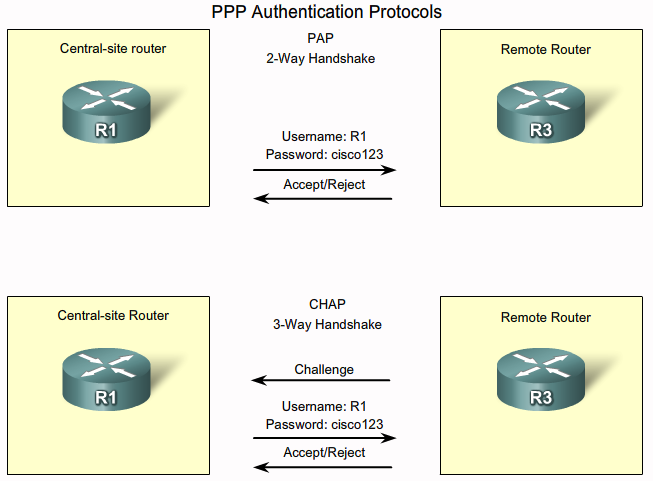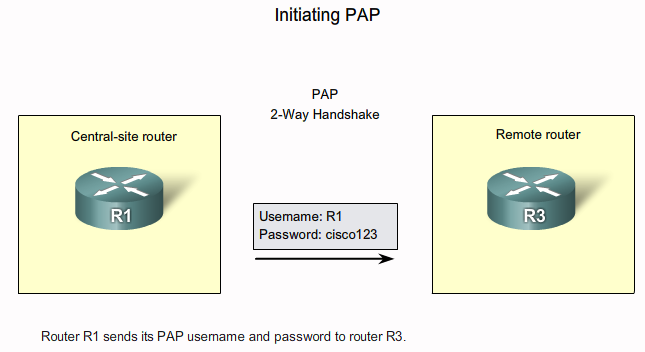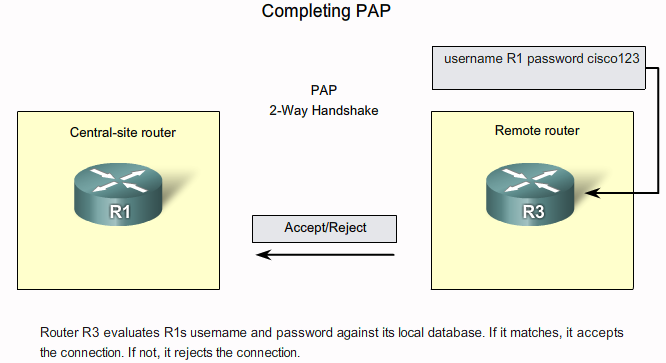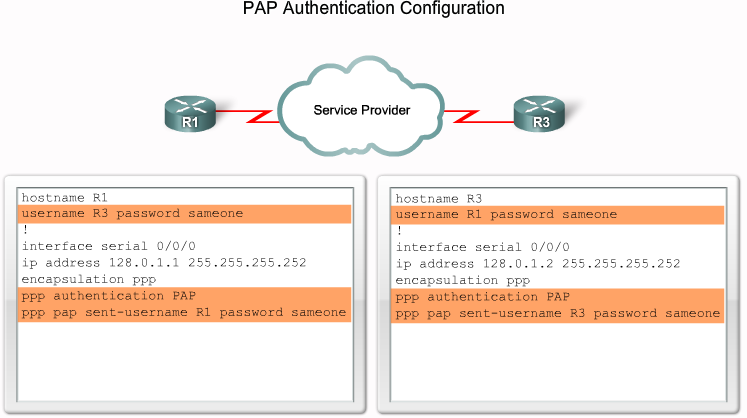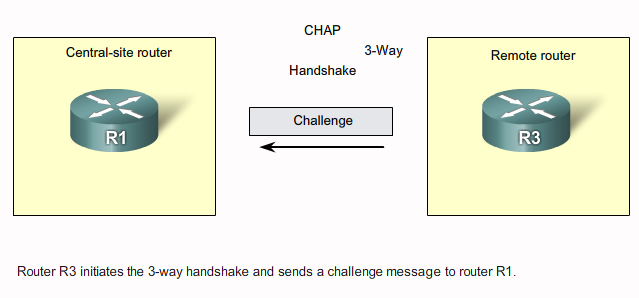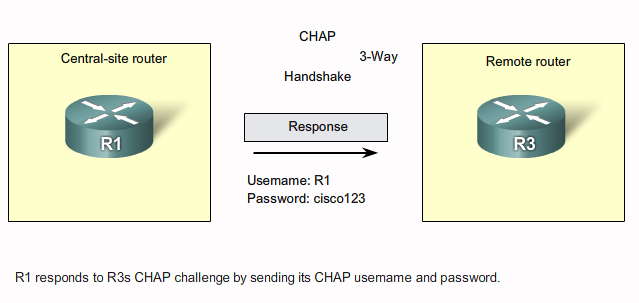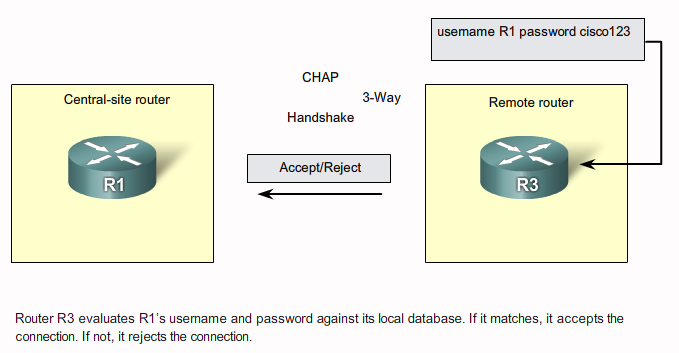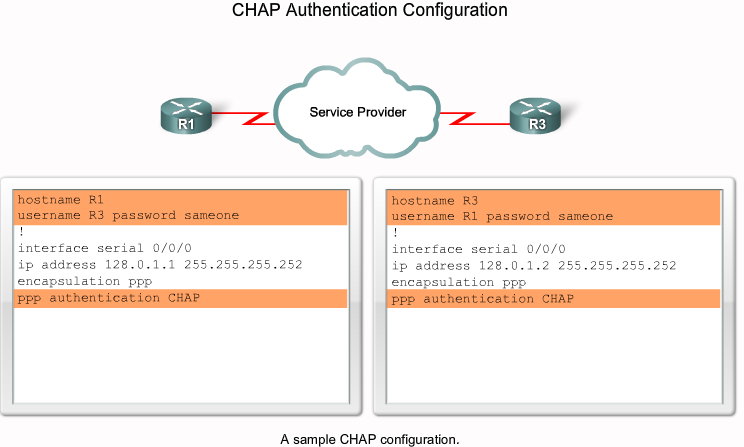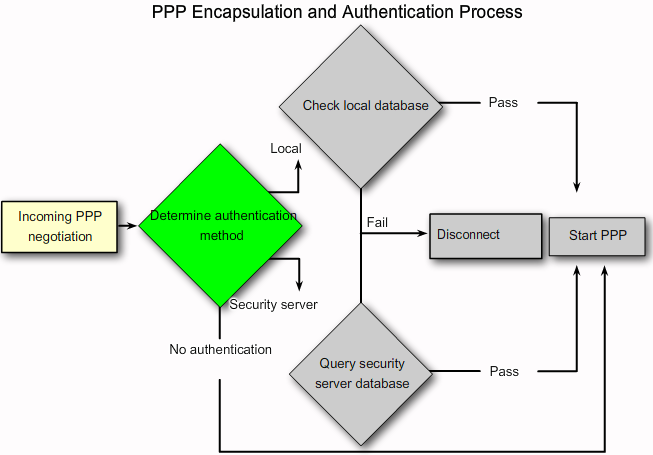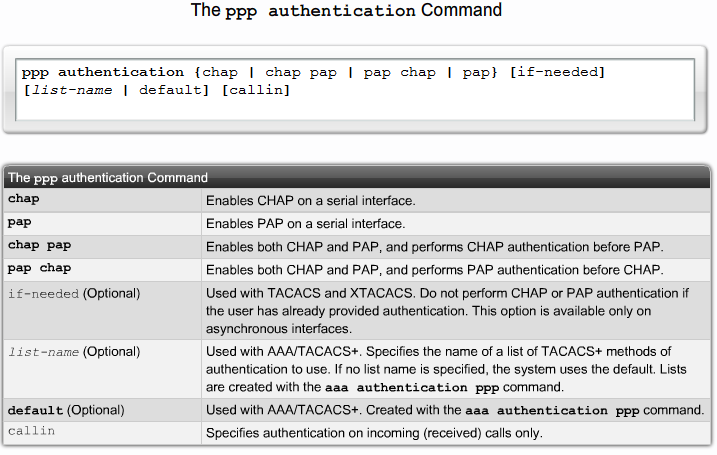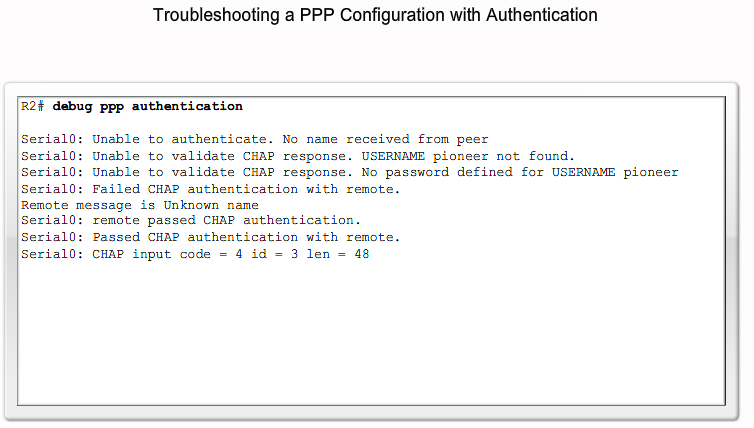Difference between revisions of "CCNA Explorer 4 PPP"
From Teknologisk videncenter
m (→Seriel kommunikation) |
m (→PPP) |
||
| (9 intermediate revisions by 2 users not shown) | |||
| Line 7: | Line 7: | ||
|- | |- | ||
|[[Image:Exp4wan31.png|800px|left|thumb|Seriel kommunikation]] | |[[Image:Exp4wan31.png|800px|left|thumb|Seriel kommunikation]] | ||
| + | |- | ||
| + | |[[Image:ScreenShot1314.jpg|800px|left|thumb|Clock Screw]] | ||
| + | |- | ||
| + | |[[Image:ScreenShot1315.jpg|800px|left|thumb|Interference and Crosstalk]] | ||
|- | |- | ||
|[[Image:Exp4wan32.png|800px|left|thumb|RS232 (Console port, COM port, WAN port (Synkron, asynkron)]] | |[[Image:Exp4wan32.png|800px|left|thumb|RS232 (Console port, COM port, WAN port (Synkron, asynkron)]] | ||
| + | |- | ||
| + | | | ||
| + | *'''Pin 1''' - Data Carrier Detect (DCD) indicates that the carrier for the transmit data is ON. | ||
| + | *'''Pin 2''' - The receive pin (RXD) carries data from the serial device to the computer. | ||
| + | *'''Pin 3''' - The transmit pin (TxD) carries data from the computer to the serial device. | ||
| + | *'''Pin 4''' - Data Terminal Ready (DTR) indicates to the modem that the computer is ready to transmit. | ||
| + | *'''Pin 5''' - Ground. | ||
| + | *'''Pin 6''' - Data Set Ready (DSR) is similar to DTR. It indicates that the Dataset is ON. | ||
| + | *'''Pin 7''' - The RTS pin requests clearance to send data to a modem. | ||
| + | *'''Pin 8''' - The serial device uses the Clear to Send (CTS) pin to acknowledge the RTS signal of the computer. In most situations, RTS and CTS are constantly ON throughout the communication session. | ||
| + | *'''Pin 9''' - An auto answer modem uses the Ring Indicator (RI) to signal receipt of a telephone ring signal. | ||
|- | |- | ||
|[[Image:Exp4wan33.png|800px|left|thumb|TDM ]] | |[[Image:Exp4wan33.png|800px|left|thumb|TDM ]] | ||
| Line 50: | Line 65: | ||
|- | |- | ||
| | | | ||
| + | |||
== HDLC == | == HDLC == | ||
|- | |- | ||
|[[Image:Exp4ppp1.png|800px|left|thumb|Standard HDLC og Cisco HDLC]] | |[[Image:Exp4ppp1.png|800px|left|thumb|Standard HDLC og Cisco HDLC]] | ||
|- | |- | ||
| + | | | ||
| + | |||
| + | |- | ||
| + | |[[Image:Exp4ppp2.png|800px|left|thumb|show interface]] | ||
| + | |- | ||
| + | <!-- | ||
| + | |[[Image:Exp4ppp3.png|800px|left|thumb|Standard HDLC og Cisco HDLC]] | ||
| + | |- | ||
| + | --> | ||
| + | |[[Image:Exp4ppp4.png|800px|left|thumb|show controllers]] | ||
| + | == PPP == | ||
| + | |[[Image:Exp4ppp5.png|800px|left|thumb|Hvad er PPP]] | ||
| + | |- | ||
| + | |[[Image:Exp4ppp6.png|800px|left|thumb|PPP fysisk lag]] | ||
| + | |- | ||
| + | |[[Image:Exp4ppp7.png|800px|left|thumb|PPP LCP ]] | ||
| + | |- | ||
| + | |[[Image:Exp4ppp8.png|800px|left|thumb|PPP NCP]] | ||
| + | |- | ||
| + | |[[Image:Exp4ppp9.png|800px|left|thumb|Protokol eksempler]] | ||
| + | |- | ||
| + | | | ||
| + | === PPP Frame Fields === | ||
| + | |- | ||
| + | |[[Image:Exp4ppp10.png|800px|left|thumb|]] | ||
| + | |- | ||
| + | |[[Image:Exp4ppp11.png|800px|left|thumb|]] | ||
| + | |- | ||
| + | |[[Image:Exp4ppp12.png|800px|left|thumb|]] | ||
| + | |- | ||
| + | |[[Image:Exp4ppp13.png|800px|left|thumb|]] | ||
| + | |- | ||
| + | |[[Image:Exp4ppp14.png|800px|left|thumb|]] | ||
| + | |- | ||
| + | |[[Image:Exp4ppp15.png|800px|left|thumb|]] | ||
| + | |- | ||
| + | | | ||
| + | |||
| + | === Oprettelse af forbindelse === | ||
| + | |- | ||
| + | |[[Image:Exp4ppp16.png|800px|left|thumb|Establishing a link]] | ||
| + | |- | ||
| + | |[[Image:Exp4ppp17.png|800px|left|thumb|Establishing a link]] | ||
| + | |- | ||
| + | |[[Image:Exp4ppp18.png|800px|left|thumb|LCP forhandling]] | ||
| + | |- | ||
| + | |[[Image:Exp4ppp19.png|800px|left|thumb|LCP Pakke koder]] | ||
| + | |- | ||
| + | |[[Image:Exp4ppp20-1.png|800px|left|thumb|LCP Pakke typer]] | ||
| + | |- | ||
| + | |[[Image:Exp4ppp20-2.png|800px|left|thumb|LCP pakke typer II]] | ||
| + | |- | ||
| + | |[[Image:Exp4ppp21.png|800px|left|thumb|LCP options]] | ||
| + | |- | ||
| + | |[[Image:Exp4ppp22.png|800px|left|thumb|]] | ||
| + | |- | ||
| + | |[[Image:Exp4ppp23.png|800px|left|thumb|]] | ||
| + | |- | ||
| + | |[[Image:Exp4ppp24-1.png|800px|left|thumb|]] | ||
| + | |- | ||
| + | |[[Image:Exp4ppp24-2.png|800px|left|thumb|]] | ||
| + | |- | ||
| + | |[[Image:Exp4ppp25.png|800px|left|thumb|]] | ||
| + | |- | ||
| + | |[[Image:Exp4ppp26.png|800px|left|thumb|]] | ||
| + | |- | ||
| + | |[[Image:Exp4ppp27.png|800px|left|thumb|]] | ||
| + | |- | ||
| + | |[[Image:Exp4ppp28.png|800px|left|thumb|]] | ||
| + | |- | ||
| + | | | ||
| + | === PPP debug command === | ||
| + | |- | ||
| + | |[[Image:Exp4ppp29.png|800px|left|thumb|]] | ||
| + | |- | ||
| + | |[[Image:Exp4ppp30.png|800px|left|thumb|]] | ||
| + | |- | ||
| + | |[[Image:Exp4ppp31.png|800px|left|thumb|]] | ||
| + | |- | ||
| + | | | ||
| + | == PPP Authentication == | ||
| + | |- | ||
| + | |[[Image:Exp4ppp32.png|800px|left|thumb|]] | ||
| + | |- | ||
| + | | | ||
| + | === PAP - Password Authentication Protocol === | ||
| + | |- | ||
| + | |[[Image:Exp4ppp33.png|800px|left|thumb|]] | ||
| + | |- | ||
| + | |[[Image:Exp4ppp34.png|800px|left|thumb|]] | ||
| + | |- | ||
| + | |[[Image:Exp4ppp40.png|800px|left|thumb|PAP eksempel]] | ||
| + | |- | ||
| + | | | ||
| + | === CHAP - Challenge Handshake Authetication Protocol === | ||
| + | |- | ||
| + | |[[Image:Exp4ppp35.png|800px|left|thumb|]] | ||
| + | |- | ||
| + | |[[Image:Exp4ppp36.png|800px|left|thumb|]] | ||
| + | |- | ||
| + | |[[Image:Exp4ppp37.png|800px|left|thumb|]] | ||
| + | |- | ||
| + | |[[Image:Exp4ppp41.png|800px|left|thumb|CHAP eksempel ]] | ||
| + | |- | ||
| + | | | ||
| + | == Authentication process == | ||
| + | {| | ||
| + | |[[Image:Exp4ppp38.png|800px|left|thumb|]] | ||
| + | |- | ||
| + | |[[Image:Exp4ppp39.png|800px|left|thumb|]] | ||
| + | |- | ||
| + | |[[Image:Exp4ppp42.png|800px|left|thumb|]] | ||
| + | |- | ||
|} | |} | ||
| + | [[Category:CCNA]] | ||
Latest revision as of 07:45, 20 August 2014
Contents
Seriel kommunikation | |||
| |||
HDLC | |||
PPP |
|||
PPP Frame Fields | |||
Oprettelse af forbindelse | |||
PPP debug command | |||
PPP Authentication | |||
PAP - Password Authentication Protocol | |||
CHAP - Challenge Handshake Authetication Protocol | |||
Authentication process |

